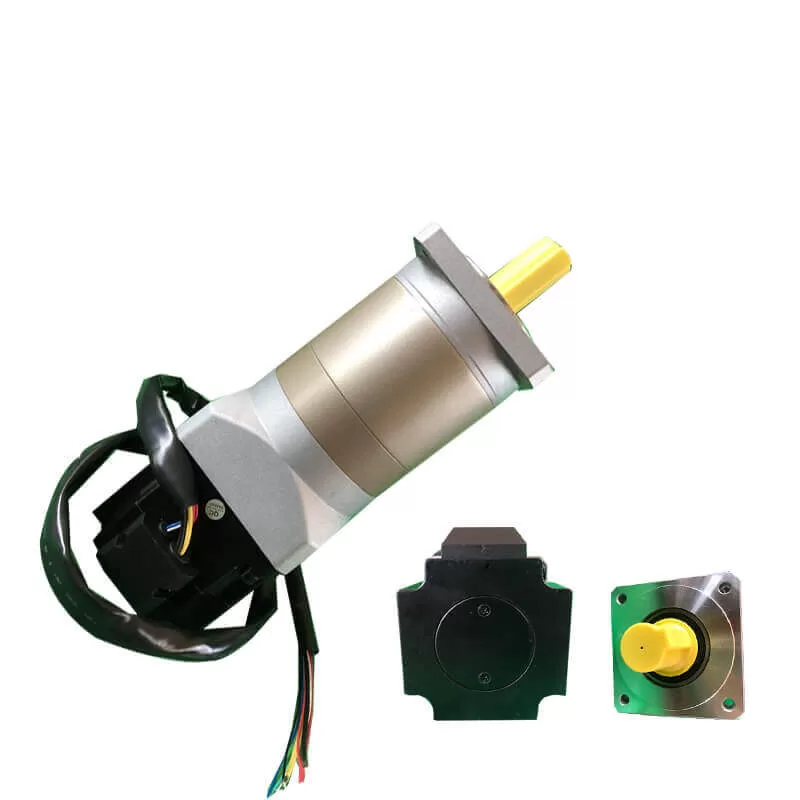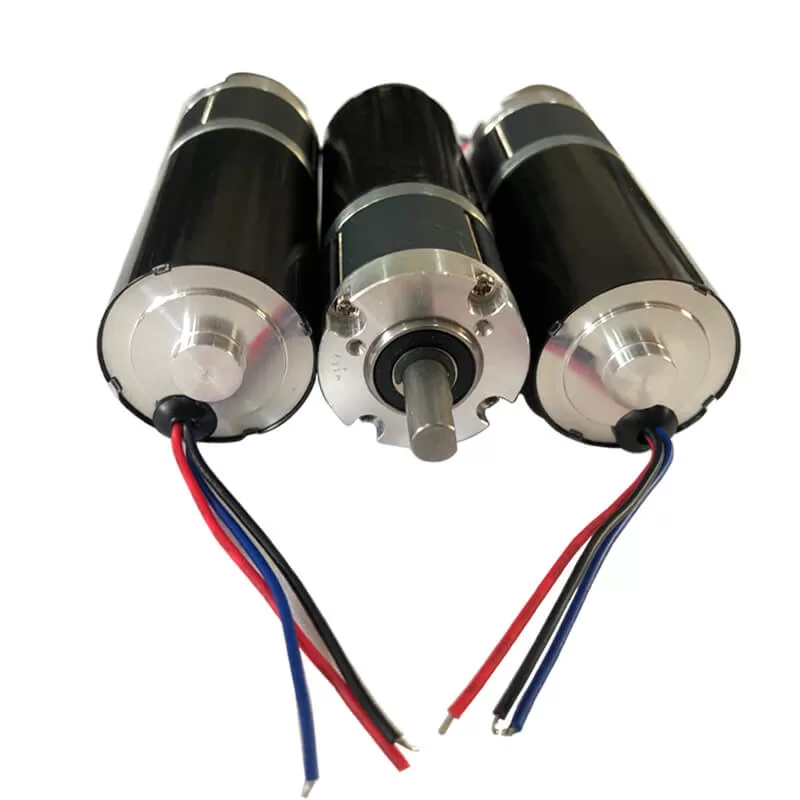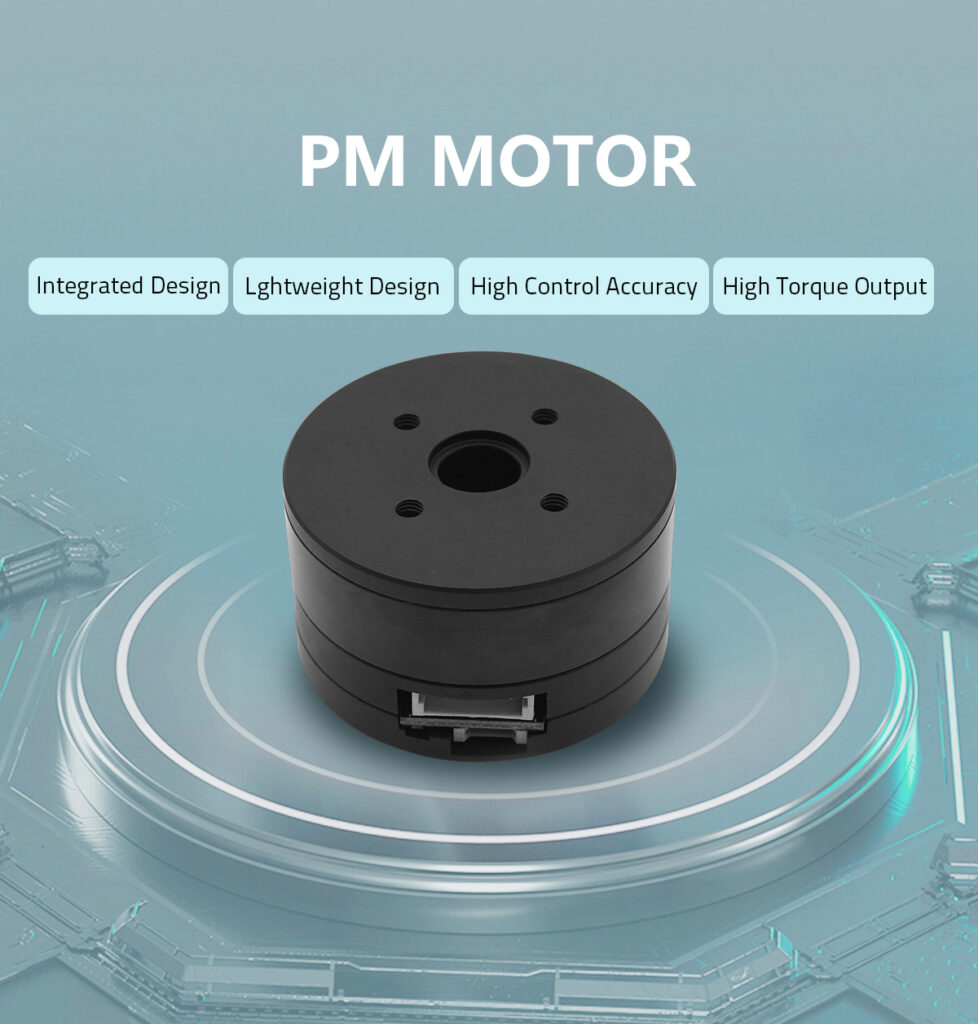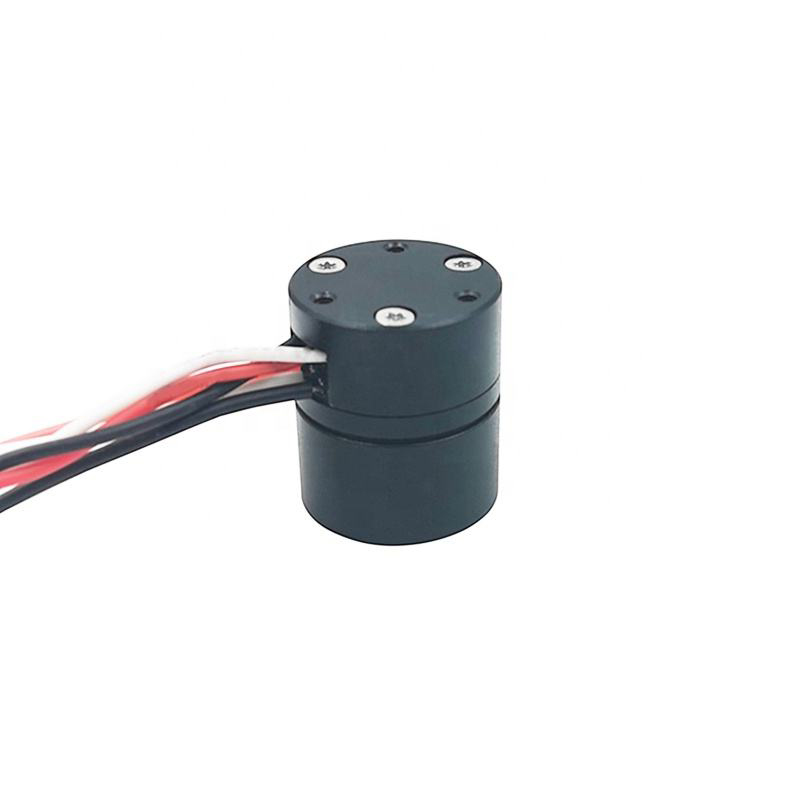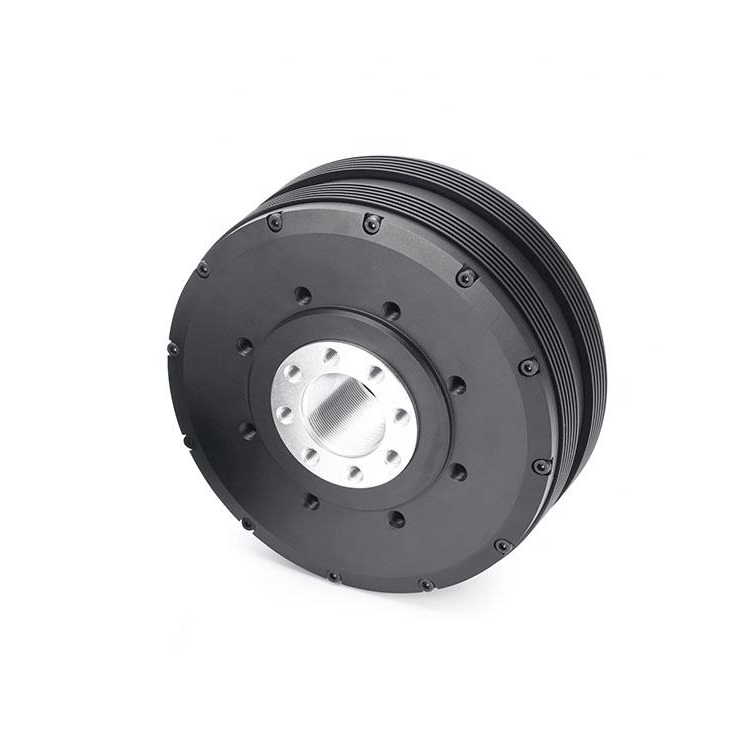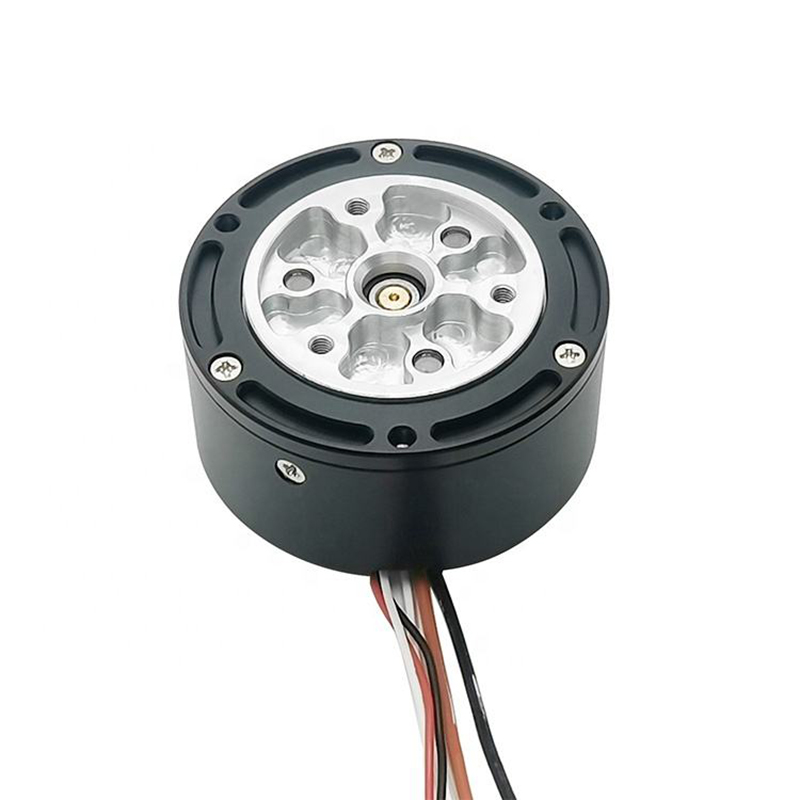Permanent magnets are able to maintain their magnetic properties for long periods. But what exactly are they, what types exist, and where are they used? This article will explain everything you need to know about permanent magnets.
What are Permanent Magnets?
-
- Permanent magnets retain their magnetism and polarity over long periods.
-
- They are difficult to demagnetize and have persistent magnetic fields.
-
- Types include natural magnetite and artificial alloys like neodymium alloy.
-
- Can lose magnetism if heated above the Curie point or put in a strong reverse field.
Types of Permanent Magnets:
-
- Alloy Magnets – Rare earth like neodymium and samarium cobalt. Also Alnico.
-
- Ferrite Magnets – Can be sintered, bonded, or injection molded. Lower cost than alloys.
-
- Other Older Alloys – Cu-Ni-Fe, Fe-Co-Mo, Fe-Co-V. Not used much today.
Applications of Permanent Magnets:
-
- Consumer Goods – TVs, speakers, headphones, buckles, computer parts.
-
- Industrial – Motors, generators, magnetic separation, MRI machines.
-
- Transportation – Magnetically levitated trains, headphones in helmets.
-
- Scientific – Particles beams, fusion energy, magnetometers.
Conclusion: Permanent magnets are essential in modern technology due to their persistent fields. Understanding the different types like neodymium alloy and ferrite allows choosing the right one for the application. Their unique properties make possible new innovations ranging from maglev trains to fusion reactors.


